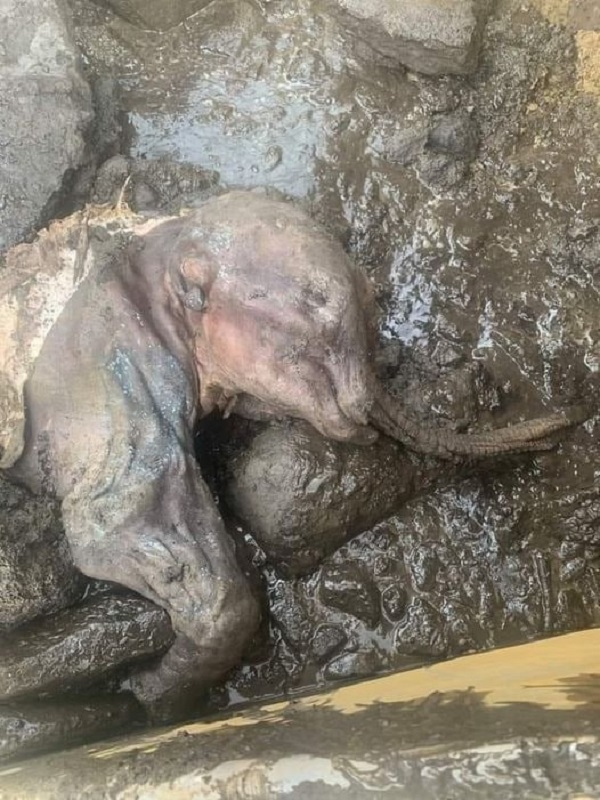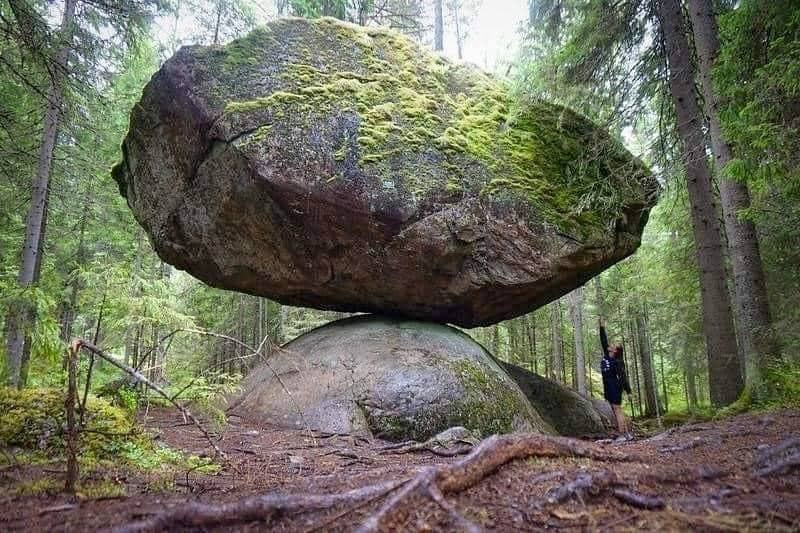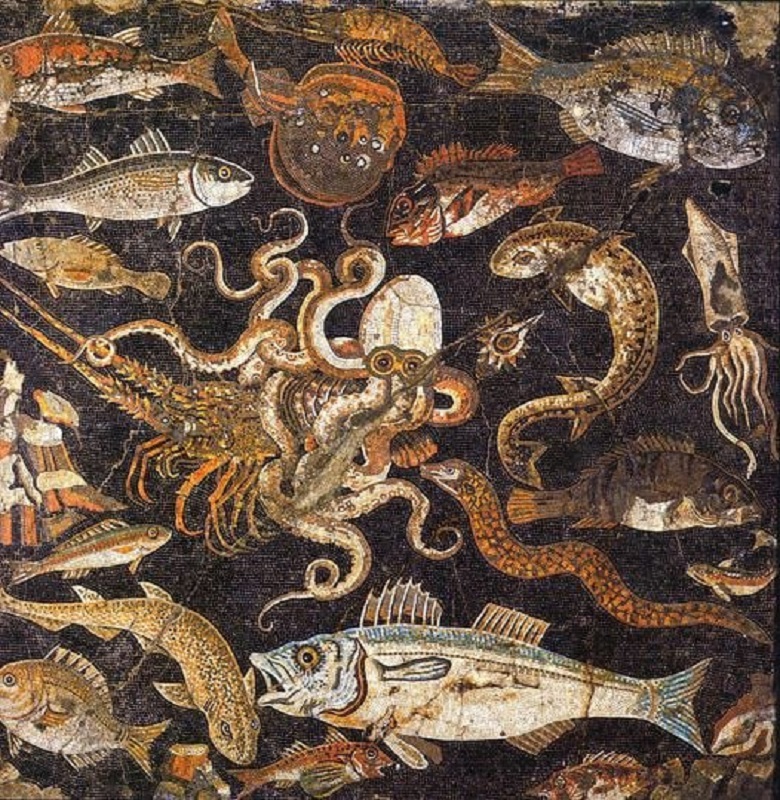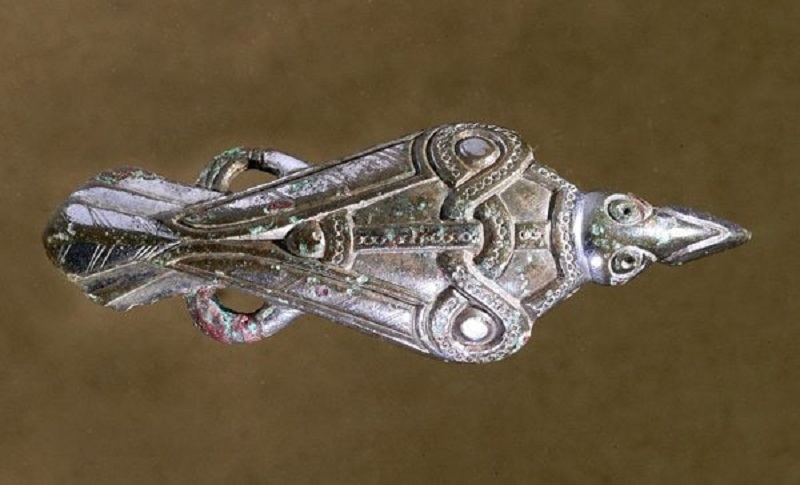Introduction: Nestled along the banks of the Orontes River in modern Syria lies a testament to the ingenuity of ancient engineering – the Roman water wheel and aqueduct at Hama. This remarkable feat of hydraulic engineering, dating back to antiquity, served as a vital lifeline for the city, providing a steady supply of water for irrigation, industry, and daily life. In this exploration, we uncover the fascinating history and significance of the Roman water wheel, inviting readers to marvel at the enduring legacy of ancient innovation.
The Water Wheel (Noria) of Hama: At the heart of Hama's water infrastructure stands the Noria, a colossal water wheel that has stood the test of time for centuries. Towering over the landscape, these impressive structures harness the power of the Orontes River to lift water from its depths and channel it into aqueducts that crisscross the city. The rhythmic creaking of the Noria's wooden spokes echoes through the streets, a reminder of the symbiotic relationship between humanity and the forces of nature.

The Aqueduct System: Complementing the Noria is a sophisticated network of aqueducts, meticulously engineered to transport water from its source to every corner of the city. These gravity-fed channels traverse rugged terrain, utilizing a combination of arches, tunnels, and viaducts to maintain a steady flow of water. The ingenuity of Roman hydraulic engineers is evident in the precise alignment and construction of these aqueducts, ensuring a reliable water supply for Hama's inhabitants.

Historical Significance: The Roman water wheel and aqueduct at Hama represent more than just feats of engineering prowess – they are symbols of cultural exchange and technological innovation in the ancient world. Constructed during the Roman era, these structures served as vital infrastructure for urban development and economic prosperity. Moreover, they bear witness to the enduring legacy of Roman engineering principles, which continue to inspire awe and admiration to this day.

Preserving Heritage: The preservation of sites like the Roman water wheel and aqueduct at Hama is essential not only for safeguarding our cultural heritage but also for understanding the technological achievements of our ancestors. Archaeological excavations and conservation efforts enable us to uncover hidden treasures buried beneath the sands of time, shedding light on the ways in which ancient societies harnessed natural resources to meet their needs. By protecting and studying these remnants of the past, we gain valuable insights into the complexities of human history and the evolution of civilization.

Conclusion: In conclusion, the Roman water wheel and aqueduct at Hama stand as enduring symbols of human ingenuity and resilience in the face of adversity. From the rhythmic turning of the Noria to the graceful arc of the aqueducts, these marvels of antiquity remind us of the transformative power of engineering and innovation. Moreover, they underscore the importance of archaeology in preserving and interpreting our shared heritage, bridging the gap between past and present. As we continue to uncover the secrets of ancient civilizations, let us marvel










